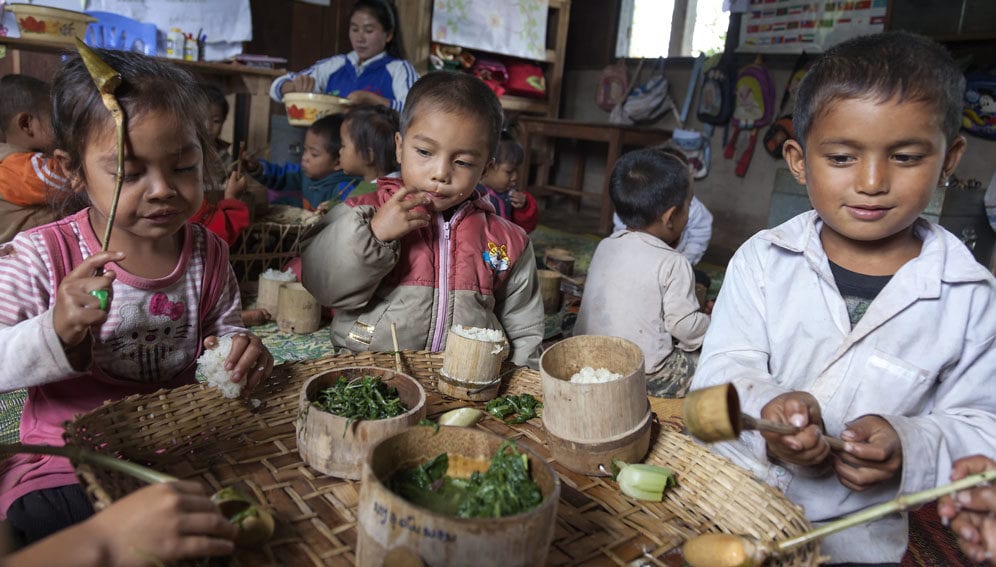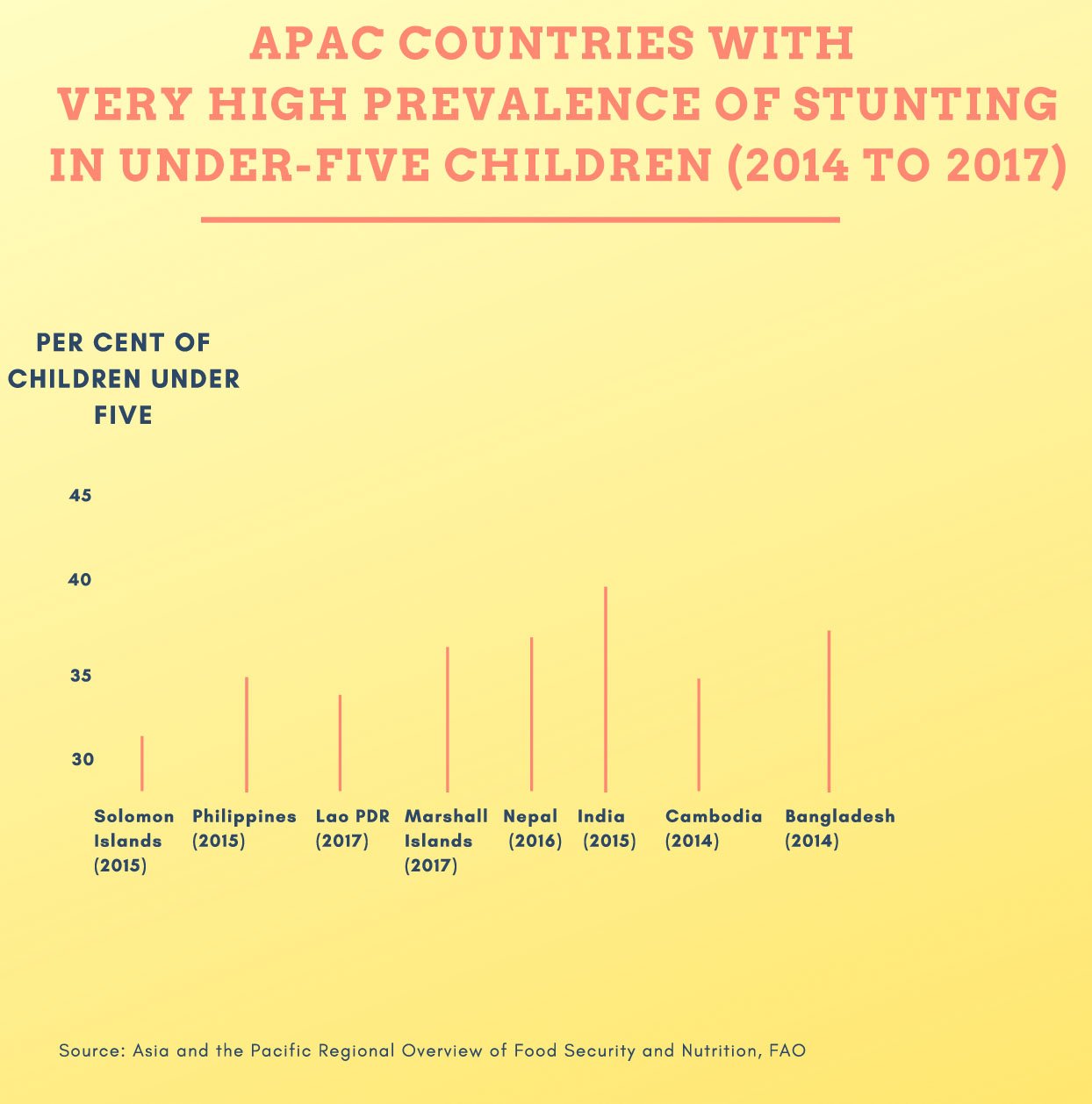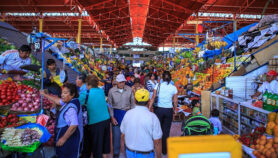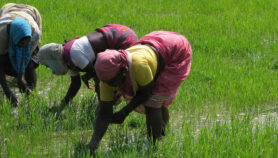05/07/19
FAO drive towards zero hunger goal in Asia Pacific

By: Fatima Arkin
Send to a friend
The details you provide on this page will not be used to send unsolicited email, and will not be sold to a 3rd party. See privacy policy.
[MANILA] Progress towards achieving the sustainable development goal of zero hunger (SDG 2) has slowed in the Asia Pacific region, particularly with regards to stunting in under-five children and undernourishment, the 41st UN Food and Agriculture Organization (FAO) conference, which ended 29 June, heard.
In order to achieve the SDGs, special attention must be paid to the Asia Pacific region, which covers over 60 per cent of the world’s population and more than 50 per cent of the poor and malnourished. As of 2017, over 486 million people in the region suffer from chronic undernourishment, according to FAO.
“While growth is robust for the region, it is unequal, leaving many poor people behind with implications for their ability to access food and nutrition”
Aziz Elbehri, Food and Agriculture Organization
Aziz Elbehri, a senior economist at FAO’s Bangkok office, tells SciDev.Net that one cause for lack of progress on zero hunger in the region is a series of climate-related disasters, most notably severe droughts linked to the El Niño, cyclones and floods.
“[These] collectively may have undone any progress the countries were making against malnutrition and poverty,” Elbehri says. “Also, while growth is robust for the region, it is unequal, leaving many poor people behind with implications for their ability to access food and nutrition.”
Meanwhile, the Pacific Island Developing States are grappling with rising rates of obesity tied to a shift from healthy, traditional diets consisting of taro and local fruits and vegetables to imported processed foods that are often high in salt, sugar and fat. In Fiji, 63 per cent of people over 17 are obese and non-communicable diseases cause four out of five deaths, Mahendra Reddy, Fiji's minister for Agriculture, Waterways and Environments, said.
Asia Pacific countries have made varying efforts to achieve zero hunger. Fiji has adopted a multi-sectoral approach to food security, while Cambodia, Myanmar, the Philippines and Vietnam have deployed social protection measures tied to food security and aimed at building resilience against disasters.
Neglected and underutilised species, such as millets, sorghum, pulses and yams—so-called "future smart food"—are increasingly part of food strategies. FAO and the International Crops Research Institute for the Semi-Arid Tropics are “looking to partner with international financial institutions for higher impact investments”, an FAO press release said.
“Let us join hands to build a dynamic FAO for a better world [and] for the successful achievement of the UN 2030 Agenda for Sustainable Development,” Qu Dongyu, FAO’s newly-elected Chinese-born director-general, said in his acceptance speech. He is the second Asian to hold the position after India’s Binay Ranjan Sen, who held the position from 1956 to 1967.
Fan says that agri-food systems in the region must be inclusive, allowing women, children, youth and marginal or vulnerable population groups to benefit.
He sees potential in rural areas to “jumpstart” progress on SDG 2. “Rural areas must be revitalised with a focus on connectivity and integration, gender equality, environmental sustainability, renewable energy and good governance.”
This piece was produced by SciDev.Net’s Asia & Pacific desk.














